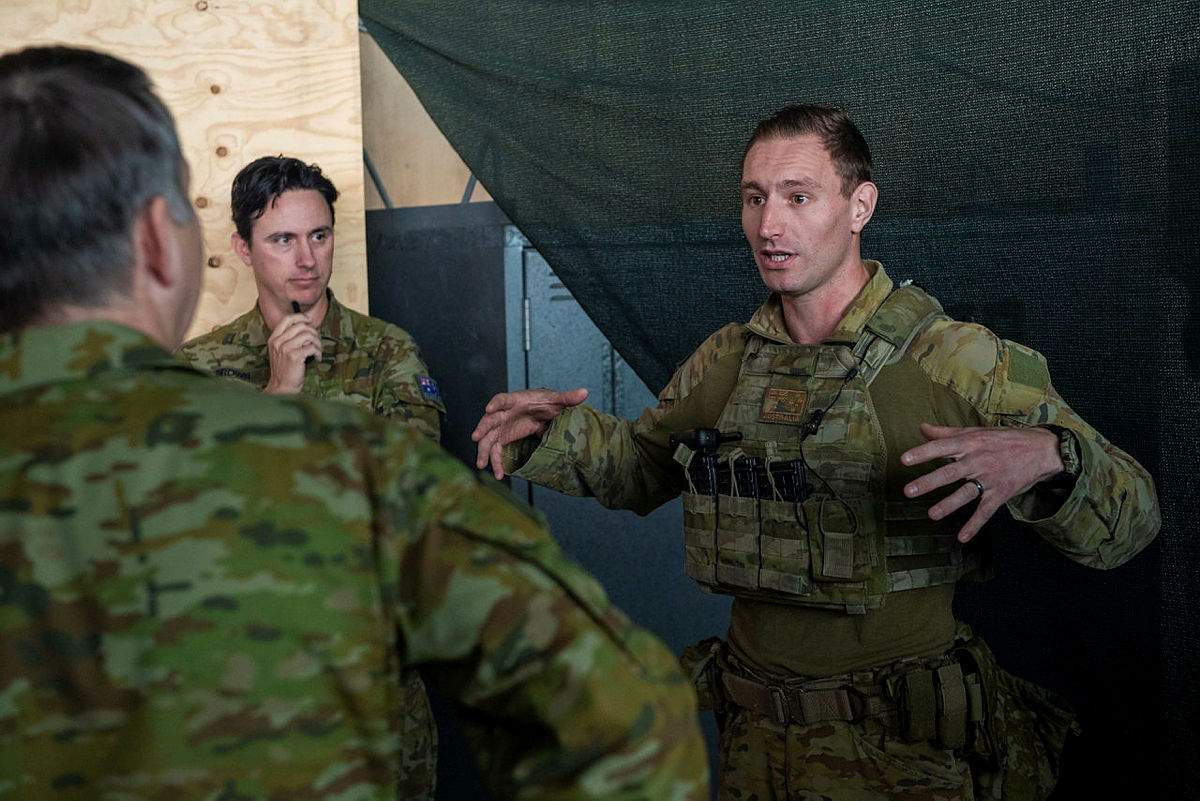62 Understanding the Environment + The implications of exploring the landscape I’m in!
Understanding the Environment + The implications of exploring the landscape I’m in!
One of the essential pieces of understanding what is happening around you is to notice changes that are signals of trends both large and small. This TrendWatcher1 activity will help you be aware of trends and changes in your operating environment. At the end of this section we will help you to make sense of the trends that you notice and perhaps identify ways that you can benefit from that understanding.
Trends come in all shapes and sizes. There are the small things that seem to shake and move and then those things that seem to feel like a whole ground shift that leaves us in a new space altogether. We categorise these into micro trends, the small things; and macro trends, those ground shifts that move us into a new space. We will get you to put these together to create a trend analysis that will really help you with your understanding of the environment around you.


Let’s begin with some definitions and explanations.
The word ‘trend’ is used continually in reports, newspapers, strategy analysis, and strategic plans. The thinking seems to be that everyone knows what we mean when we say ‘trends’. It is unlikely that everyone and every organisation has exactly the same meaning in mind. However, we are probably a little more clear when we think about trend analysis: that it is a process that observes specific changes or developments and considers the general direction in which they will affect society more generally and people and entities more specifically.2, 3
The purpose of trend analysis is to stimulate discussion around what we think the significant trends are that will potentially impact us and then try to figure out how they will affect us and in what way
The Army relies hugely on its grasp of trends and their implications. It is necessary to have as much clarity around them and the implications as we possibly can.

For this exercise we define a ‘trend’ as an ongoing, discernible and observable variable that progresses over time, that may or may not impact other factors and variables around it but exists in the context within which an organisation operates.4
Now that is very formal and sounds a bit like ‘jargon’. What it is saying is that we typically can notice and measure them. A trend can change over time and its effects can also change over time. It is also saying that trends can have an impact on each other. All these interactions are happening in and around you and your organisation as well as in other contexts.
We want to break up the definition a little more and help you to categorise trends and develop some insights about their meaning and impact.
A ‘macro-trend’ is defined here as a trend that is enduring, significant, potentially impacting multiple elements of society, business, military and political environments. Over time macro-trends are acknowledged as potential or explicit major forces for change.
A ‘micro-trend’ is defined here as a trend that is immediate, can be readily understood and/or leveraged, be measured or made tangible in some way, and to some degree is a known input of a strategy analysis or design.
For example:
A macro-trend certainly is that there is a strong focus among many people to be more conscious of health, fitness and careful eating.
A micro-trend that links to this macro-trend is the advent of ready-made meal kits that can be purchased or are delivered to your home.
Read
Please read this article in The Cove, by Ryan Kelly. The article raises big questions and prompts you to think about the future.
Think
Using the definitions of macro-trends and micro-trends, make a list of what you can identify from the article as the macro-trends and the micro-trends.
When you have completed the list, spend some time thinking about the implications of those trends. What do they mean for the bigger picture and also your more immediate environment?
You can download the Macro-Micro Trend Analysis template below to help you do this.
Now you have completed this Macro-Micro analysis, here are some more thoughts. Benjamin Schneider and his teams have worked for many years exploring what organisational members, including soldiers, ‘know’ about their organisations, compared with what their leaders think they ‘know’.5 Overall, the inference is that organisational members in most situations know a lot!
One of the things for you to take out of this exercise is that you might know a lot about the micro-trends and their impact on ‘what’s going on around you’.
Before we finish
To wrap up this part of the exercise, please go back over your macro and micro-trend analysis and the implications you have noted. Pull all of those insights together.
If you were to share with someone, what would you be saying! What have you learned about the landscape you are in?

© Commonwealth of Australia 2020
We hope that these exercises help to encourage you to build your awareness of the importance of understanding the nature of the culture around you. The Cultural Brailling activity gave you some idea of how to make sense of what is happening around you in terms of the people, their roles and the social networks in play and the beliefs and behaviours of the group members.
The ex-Navy Commander Jon Katzenbach helped you to understand the power of working with the cultural grain and leveraging techniques such as the pride builder approach.
You also focused on understanding the difference between macro and micro trends. You looked at an example in an army context and worked to understand the implications of the trends you explored in that example. Spotting, understanding and considering trends, in a wide variety of functions and levels of the Army is important to you and your teams.
Too often, trends are only considered at specific times and for specific sets of strategic activities. However, we want you to realise that at all levels of an organisation, ‘trend thinking’ can lead to positive outcomes. At senior levels of the Army, leaders have objectives and intuitive and heuristic appreciation of macro trends.
When you are able to translate these macro-trends into more specific influences on daily actions and thinking, micro-trend implications, then overall we think that you can help the Army become more change-ready and flexible.
As you wrap up this section, we want you to pull all these pieces together.
-
What are your key take-outs from your work in this section?
-
What do you want to focus on in more detail?
-
What are the most important components of these insights about your current landscape that you want to take forward?
References
- Peloso, A. (2020). Leveraging the Power of Micro-Macro Trends in Contemporary Organizations. Journal of Applied Business and Economics, 19(2).
- Amabile, T. M., & Kramer, S. J. (2011). The power of small wins. 89(5), 70-80.
- Kjaer, A. (2014). The trend management toolkit: a practical guide to the future. Springer.
- Jackson, M. (2019). Critical Systems Thinking and the Management of Complexity – Contents and Preface (preliminary draft – MCJ).
- Ehrhart, K. H., Witt, L. A., Schneider, B., & Perry, S. J. (2011). Service employees give as they get: Internal service as a moderator of the service climate–service outcomes link. Journal of Applied Psychology, 96(2), 423.



